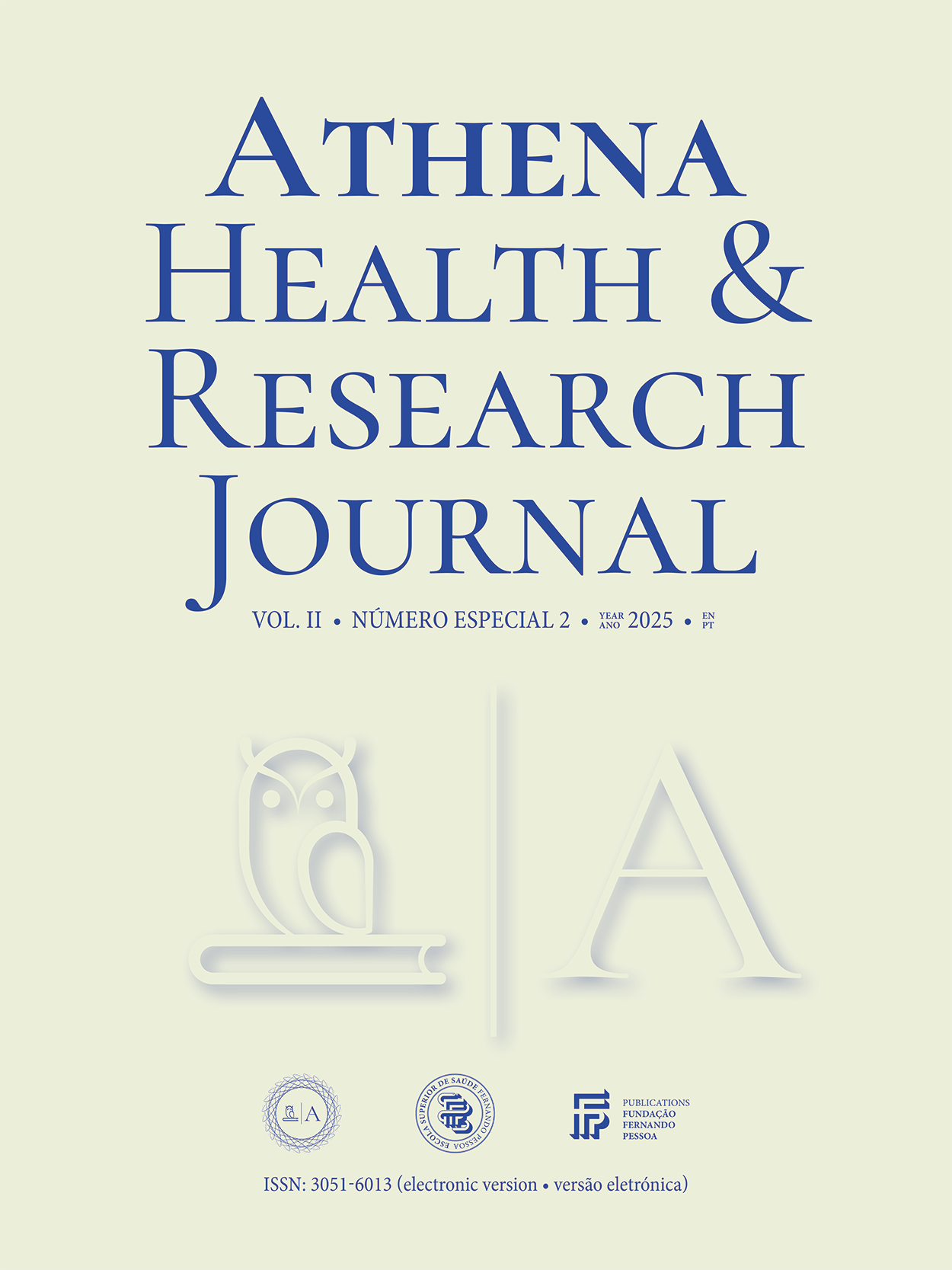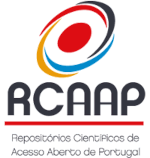Radiofrequency and dermal rejuvenation
DOI:
https://doi.org/10.62741/ahrj.v2iSuppl.%202.104Keywords:
collagen, elastin, skin aging, skin laxity, dermal rejuvenation, radiofrequency therapyAbstract
Introduction: Facial aging is a progressive phenomenon that affects multiple layers of the face, including the skin, adipose tissue, muscles, and bony structure. Loss of muscle tone, particularly in the elevator muscles, contributes to tissue laxity, wrinkle formation, and the degradation of collagen and elastin, which compromises skin firmness and elasticity. External factors such as sun exposure, smoking, and pollution can accelerate this process. Radiofrequency, a technology that generates an alternating electrical current, induces molecular vibrations in tissues and, when applied at lower temperatures, triggers an inflammatory response, stimulating neocollagenesis and neoelastogenesis, thereby promoting regeneration and facial rejuvenation.
Objective: This study aims to provide a detailed overview of the therapeutic applications of radiofrequency, as well as the underlying mechanism of action in skin and adipose tissue remodeling. Additionally, it examines safety considerations, criteria for evaluating treatment outcomes, and specific factors to consider during radiofrequency therapy to ensure effective treatments while minimizing patient recovery time and adverse effects.
Methodology: A literature search was conducted using the PubMed and ScienceDirect databases, employing the following keywords: “collagen,” “elastin,” “skin aging,” “skin laxity,” “dermal rejuvenation,” and “radiofrequency therapy.” Inclusion criteria were articles published between 2014 and 2024, containing the keywords in the title or abstract, and available in full text. Exclusion criteria included duplicate articles and publications whose content did not align with the proposed topic.
Results: Neocollagenesis, the synthesis of new collagen fibers, is stimulated by thermal energy between 37°C and 44°C, triggering an inflammatory response that activates fibroblasts to produce type I and III collagen, promoting dermal firmness and renewal. Neoelastogenesis is a more complex and less active process in adults, but regenerative treatments can stimulate the production of tropoelastin, which organizes into mature elastic fibers, restoring skin elasticity. Radiofrequency emerges as an effective non-surgical alternative to attenuate signs of aging. However, the standardization of protocols and safety across different skin phototypes requires further investigation. Combining radiofrequency with laser treatment has shown efficacy but requires additional research to understand its synergy and safety.
Discussion: Radiofrequency therapy demonstrates clear potential in facial rejuvenation by promoting collagen and elastin remodeling, which improves skin firmness and elasticity. Its non-invasive nature makes it particularly suitable for patients seeking aesthetic enhancement without surgical intervention. However, variability in treatment protocols and responses among different skin types emphasizes the need for standardized guidelines and further clinical studies. Combining RF with other energy-based therapies may enhance outcomes, but careful evaluation is required to ensure safety and efficacy.
Conclusions: In conclusion, radiofrequency acts through selective dermal heating, promoting collagen denaturation and stimulating neocollagenesis and neoelastogenesis, which enhance skin structure and elasticity. Even as a standalone treatment, radiofrequency effectively reduces the signs of skin aging, producing notable results that support its application in Dentistry, particularly in orofacial harmonization, as a highly effective tool in clinical practice.
References
NA
Downloads
Published
Issue
Section
License
Copyright (c) 2025 Athena Health & Research Journal

This work is licensed under a Creative Commons Attribution-NonCommercial 4.0 International License.
Copyright of published papers is assigned to the Journal, but all content is licensed under the terms of Creative Commons Non-comercial 4.0 International License. Thus users are allowed to read, download, copy, distribute, print, search, or link to the full texts of the articles, or use them for any other lawful purpose, without asking prior permission from the publisher or the author. This is in accordance with the BOAI definition of open access.














